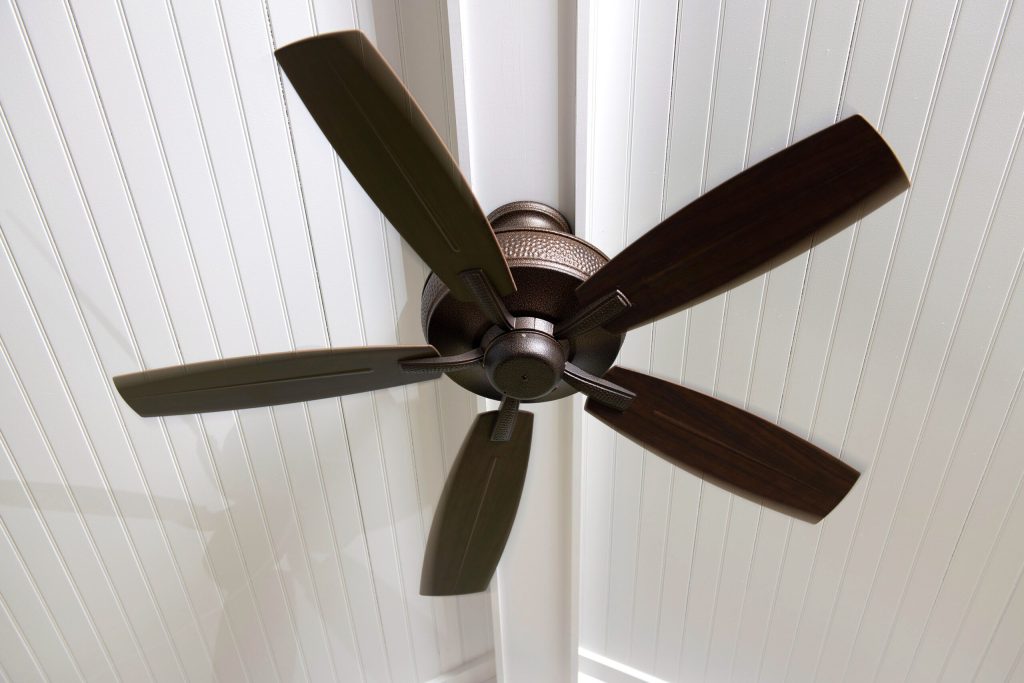In today’s fast-paced world, comfort and efficiency are more important than ever, especially when it comes to managing the climate within our homes. Ceiling fans, an elegant and practical solution for maintaining a comfortable indoor environment, offer both cooling relief and energy savings. However, to fully reap these benefits, expert installation is crucial. Ceiling fans are not just a matter of aesthetics; they play a significant role in enhancing air circulation and temperature regulation. A well-installed ceiling fan can make a room feel several degrees cooler, reducing the need for air conditioning and thereby cutting down on energy costs. But to achieve optimal performance, it is essential to follow proper installation procedures.
Choosing the Right Fan
The first step in ensuring efficient ceiling fan operation is selecting the right model. Fans come in various sizes, designs, and functionalities, so consider the dimensions of the room, the fan’s airflow capacity, and the overall decor. Larger rooms may require fans with higher blade spans and greater airflow, while smaller spaces can benefit from more compact models. Additionally, choose a fan with a motor that suits your needs—DC motors are more energy-efficient and quieter than traditional AC motors.
Preparation and Installation
Before installation, it is vital to ensure that the ceiling structure is capable of supporting the fan. Ceiling fans are heavier than light fixtures and require a sturdy support system. If your existing ceiling box is not designed to support a fan, ceiling fan installation san antonio a professional should install a new fan-rated box. Safety is paramount when installing a ceiling fan. Ensure the power is turned off at the circuit breaker before starting any electrical work. Mounting the fan on an appropriate bracket and securing it properly will prevent wobbling and ensure safe operation. Most fans come with detailed installation instructions, but a professional installer brings experience and knowledge that can prevent common pitfalls such as improper wiring or inadequate support.
Balancing and Adjustment
 Once the fan is installed, balancing it is essential to prevent wobbling. An unbalanced fan can cause excessive noise and wear on the motor. Most ceiling fans come with balancing kits that include weights to help adjust the blades for a smooth, quiet operation. Additionally, proper fan placement and settings are crucial for optimal performance. Ceiling fans should be mounted at least 7-8 feet above the floor and a few inches away from the ceiling to maximize airflow. Adjusting the fan’s direction according to the season—clockwise for winter to circulate warm air and counterclockwise for summer to create a cooling breeze—can enhance comfort and efficiency.
Once the fan is installed, balancing it is essential to prevent wobbling. An unbalanced fan can cause excessive noise and wear on the motor. Most ceiling fans come with balancing kits that include weights to help adjust the blades for a smooth, quiet operation. Additionally, proper fan placement and settings are crucial for optimal performance. Ceiling fans should be mounted at least 7-8 feet above the floor and a few inches away from the ceiling to maximize airflow. Adjusting the fan’s direction according to the season—clockwise for winter to circulate warm air and counterclockwise for summer to create a cooling breeze—can enhance comfort and efficiency.
